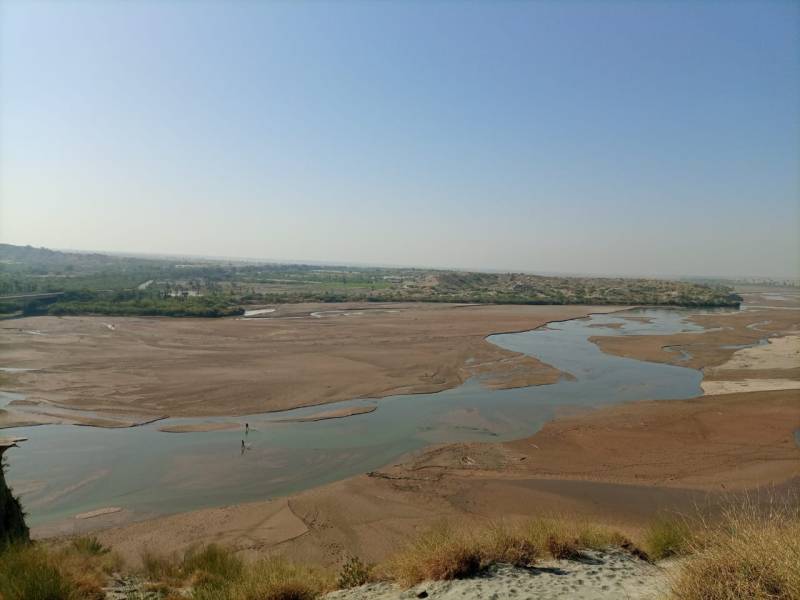
Mian Abbas is a hunter who lives near the Nazar Mera village in the Baghicha Dheri union council of Mardan in Khyber Pakhtunkhwa. Inspired by his grandfather and father, he had leased around five kanals of land near a few tubewells, hoping to make money by hunting migratory birds.
His plans, however, have gone unfulfilled as the migratory birds seem to have opted to take a different route this year.
The likely cause of this change in migratory patterns of birds, experts believe, is not just because people like Abbas have been hunting them in this particular area, but due to the disappearance of wetlands that attracted them as welcoming stopovers on their long journeys.
Sitting in his 'Hujra' (housing compound), Abbas tells The Friday Times that he had seen his father and grandfather hunt the migratory birds ever since he was a teenager. The wall of his courtyard is decorated with taxidermy hunting trophies, particularly Greenhead Mallards and American Wigeon ducks.
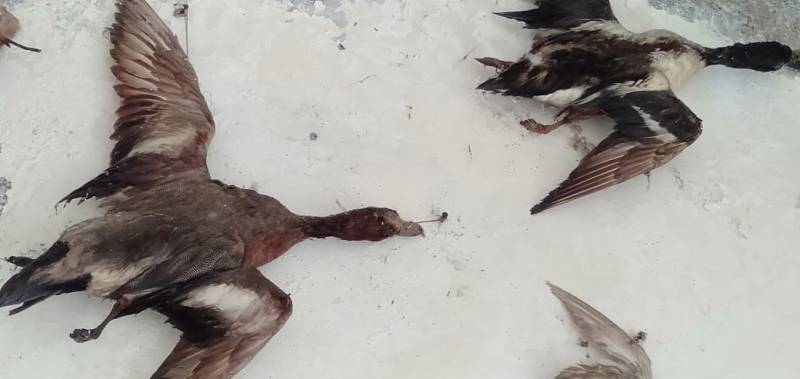
Abbas said that around 10-13 years ago, their region would see droves of migratory birds pass through, thus making the area a hotbed for hunters. It is with a view to this that he had leased the land, explaining that the prospect of high migratory bird traffic would draw hunters and his proximity would offer good opportunities for commerce.
He recalled how once a hunter shot down 40 migratory birds in a season. But with birds opting for other routes, hunters today would be lucky to collect seven trophies in a season.
Abbas, a licenced hunter, said that so far this year, only three types of birds have arrived, with the overall number of birds passing through visibly decreased.
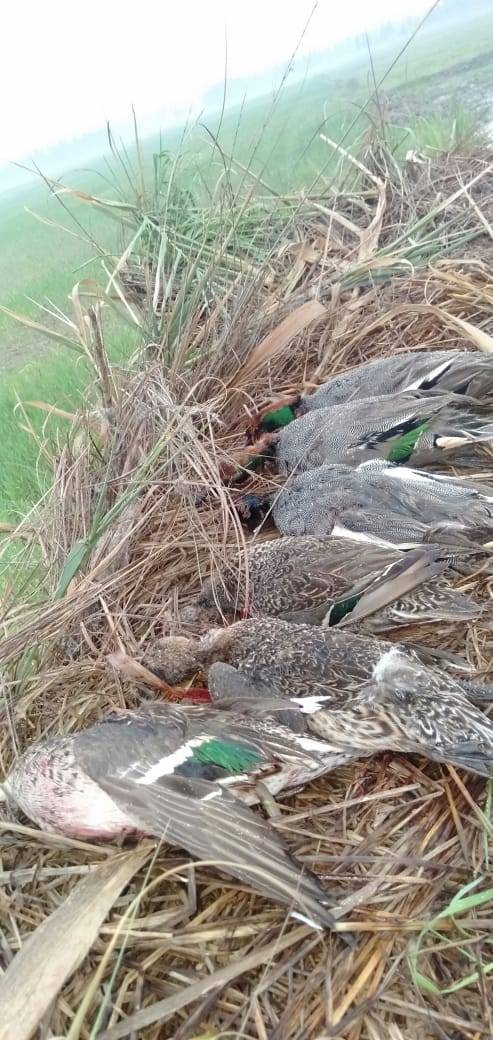
When it was suggested that the decline in the population of migratory birds passing through could be due to the reduction in wetlands in the area, Abbas conceded that the wetlands around Nazar Mera have vanished. He said some have been converted for agricultural uses while others have been filled in for the construction of housing units.
Abbas said there is no natural wetland left for migratory birds, adding that the birds are using their old routes to visit larger ponds.
What are wetlands
Environmental experts and ecologists say the term wetlands carries a broad meaning. At its broadest, the term wetlands can be used to describe lakes, marshes, coastal areas, estuaries, natural streams, rivers and deltas, and even ponds. These water bodies have complex but complete ecosystems in which different species of organisms depend on each other as a means to live.
The United States Geological Survey defines wetlands as transitional areas sandwiched between permanently flooded deep-water environments and well-drained uplands, where the water table is usually at or near the surface, or the land is covered by shallow water. Simply put, they are lands where saturation with water is the dominant factor determining the nature of soil development and the types of plant and animal communities living in the soil and on its surface. The single feature that most wetlands share is soil or substrate that is at least periodically saturated with or covered by water.
Wetlands provide critical natural climatic services such as acting as a carbon sink, groundwater recharge, flood protection, improving groundwater quality, and keeping the biodiversity intact.
Disappearance of wetlands
The United Nations has said that wetlands are disappearing three times faster than forests and are among the Earth's most threatened ecosystems.
In just 50 years — since 1970 — 35% of the world's wetlands have been lost.
In Pakistan, the Pakistan Wetlands Project records that despite a generally arid climate, wetlands are spread over 780,000 hectares, covering around 9.7% of Pakistan's total land mass.
No specific data is available about wetlands in Mardan or any changes in their land mass. But the Khyber Pakhtunkhwa (KP) Directorate of Crop Reporting Services Director Muhammad Kaleem told The Friday Times that areas where wetlands and ponds existed in the districts of Charsadda and Mardan are now being used for agricultural purposes.
Human activities were the leading causes of the loss of wetlands, including drainage and infilling for agriculture and construction purposes, accompanied by pollution, over-fishing and over-exploitation of resources, the unchecked pervasiveness of invasive species and climate change.
Ramsar Convention
The Geographical Information System (GIS) database for wetlands in Pakistan recognises 225 significant wetland sites across the country, including 19 recognised as Ramsar sites of global significance.
Ramsar sites are recognised under the Ramsar Convention (RC), an intergovernmental treaty developed and adopted by participating nations at a meeting held in the Iranian city of Ramsar, located on the banks of the Caspian Sea.
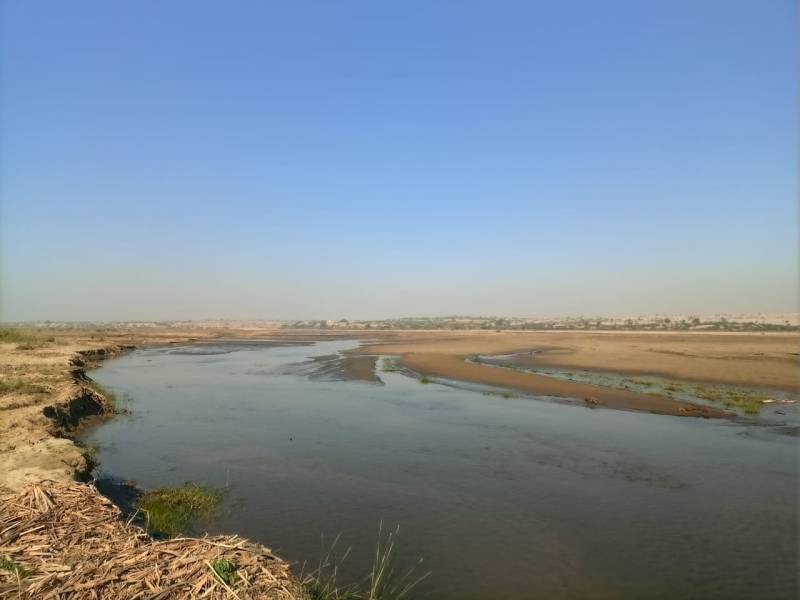
The treaty was approved on February 2, 1971, and was implemented in 1975. The convention was created in response to growing global concerns about the increasing loss and degradation of wetland habitats, particularly those important for migratory waterbirds. Wetlands are among the world's most productive environments, providing water and productivity upon which countless species of plants and animals depend for survival1.
Pakistan is a member of this convention and has listed 225 nationally significant wetlands, though only 19 are classified under the Ramsar Convention. Of these, four are present in Balochistan, three in Punjab, ten in Sindh, and two in KP, including "Tanda Dam" in Kohat and "Thanedar Wala" in Lakki Marwat.
Thanedarwala Ramsar site in KP
The Thanedarwala site is a famous game reserve in Lakki Marwat operating under the KP Wildlife Department.
It is spread over some 4,000 hectares along the Kurram River. It was designated as a Ramsar site in 1976. The Kurram River originates from the watershed of (Spin Ghar) White Mountain, located on the border between Afghanistan and the Kurram District of Pakistan. It flows through North Waziristan and Bannu before entering Lakki Marwat.
Khan Malook Khan, the Deputy Wildlife Conservator for the Bannu Wildlife Division, told The Friday Times that the Thanedarwala wetland is of great significance for the local ecology. He explained that it is the only wetland in KP that serves as a habitat for rare birds, including migratory birds and other wild animals.
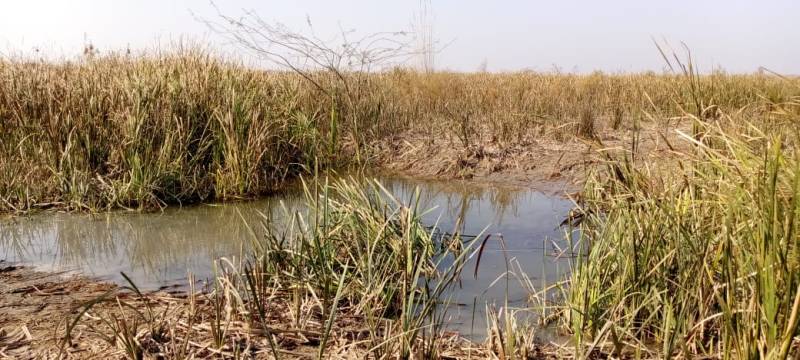
Thanedarwala, Malook said, serves as a habitat for wild animals such as jackals, pangolins, hyenas, and even wolves. During the military operation against terrorists, he said that some wild boars were also spotted near villages in the area.
Malook said that if the definition of wetlands is expanded beyond the narrow one contained in the Ramsar Convention, KP would have lost several wetlands and ponds present until 30 years ago. He said this has coincided with a sharp decline in the population of migratory birds visiting the Thanedarwala wetlands.
Another reason for the ponds and wetlands vanishing in the region, he cited, was the decreased flow of water in the Kurram River apart from human encroachment. The installation of tube wells at farms and other human population centres around Thanedarwala has caused the water table to fall in some areas, thus diminishing wetlands.
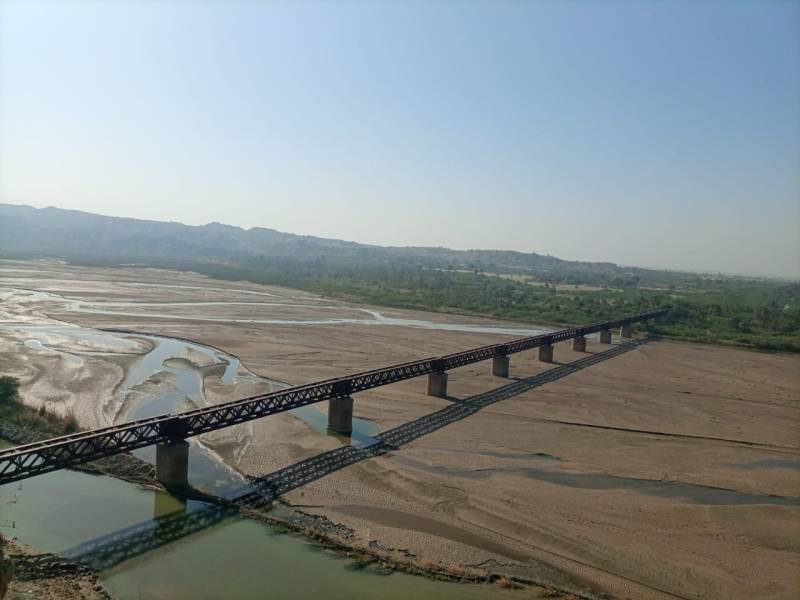
Moreover, illegal hunting has added to the list of reasons for the decrease in wild animals in the region.
Responding to a question on the development and protection of the Thanedarwala wetland, he said a project for developing additional pools of water was carried out in 1994, but the department currently does not have such a project which covers all aspects of protection.
He stressed that Thanedarwala has immense potential since the biodiversity here is quite rich, with plants including KANA (Saccharum spontaneum) found in abundance. The plant is quite beneficial for local communities who use it for several profitable things, including building thatched roofs, baskets, brooms, mats, etc.
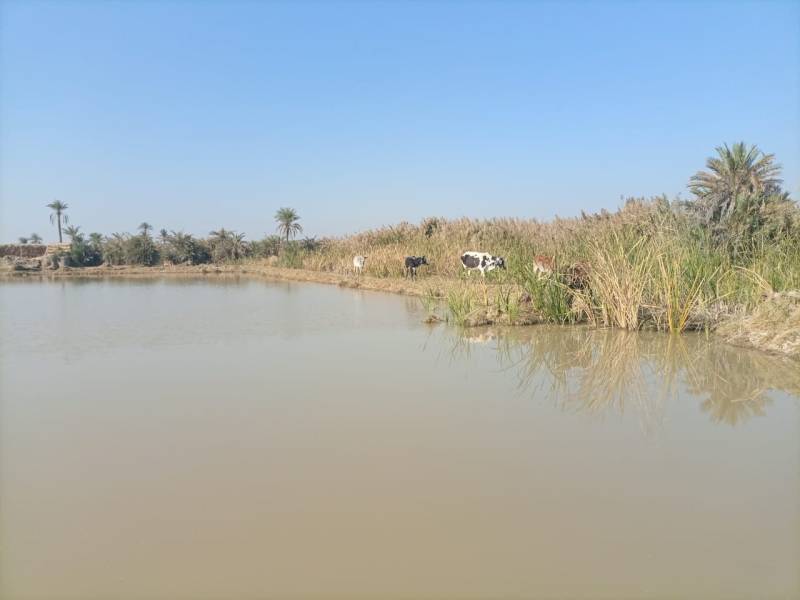
Tanda Dam Kohat Ramsar site in KP
Tanda Lake in Kohat is the second site in KP protected under the Ramsar Convention. It was identified and designated under the convention in 1976.
But like Thanedarwala to the south, Kohat Wildlife DFO Shabir Ahmad said that the site has been facing a shortage of water. Ahmad said that fewer migratory birds now visit due to the low water in Tanda Dam.
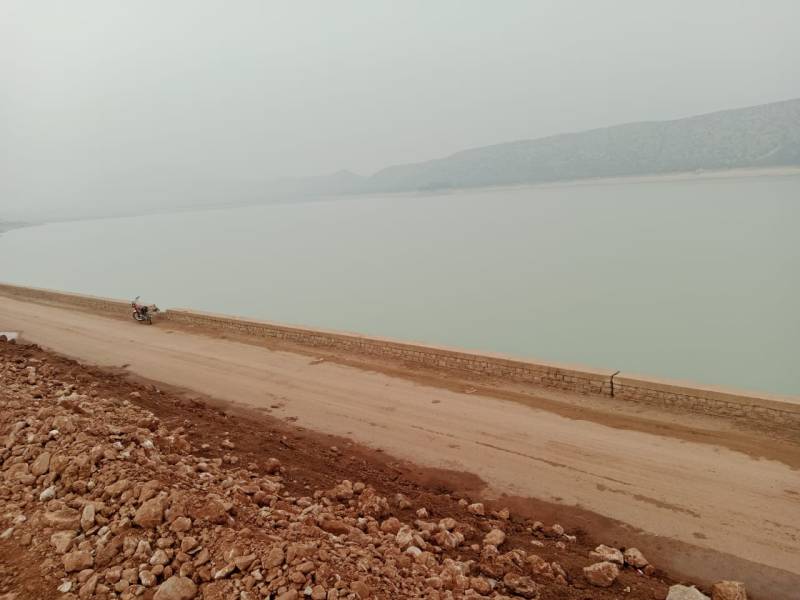
Other issues include deforestation and rising population encroaching into the wetland areas, making the area unsafe for wildlife.
He said that the Irrigation Department was raising the dam and changing its structure to increase its capacity for agricultural purposes and recharge the wetlands.
The four-year project, too, the DFO said, was scaring the birds away.
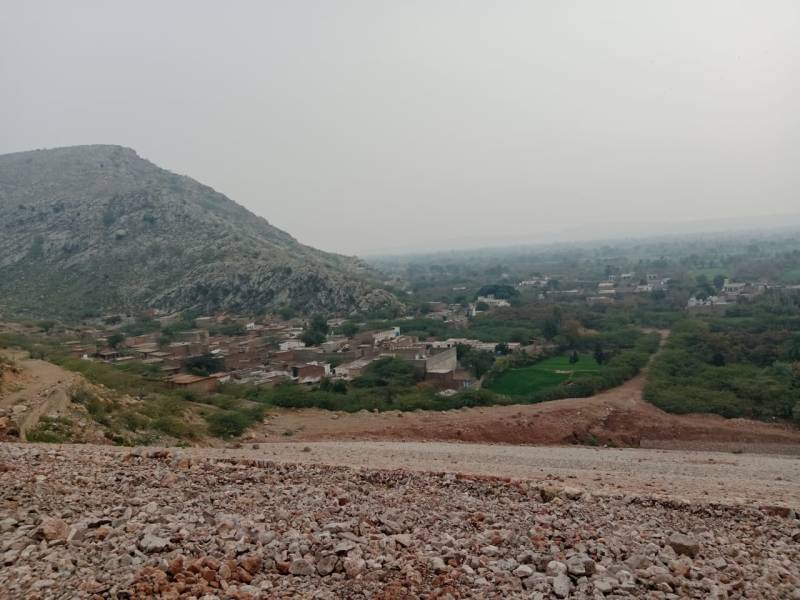
Artificial attraction
To attract migratory birds and thus hunters, Abbas decided to build an artificial pond in Mardan.
Similarly, in southern KP, a 35-year-old hunter built an artificial pond in the delta of the Kurram River near the Ramsar site in Thanedarwala.
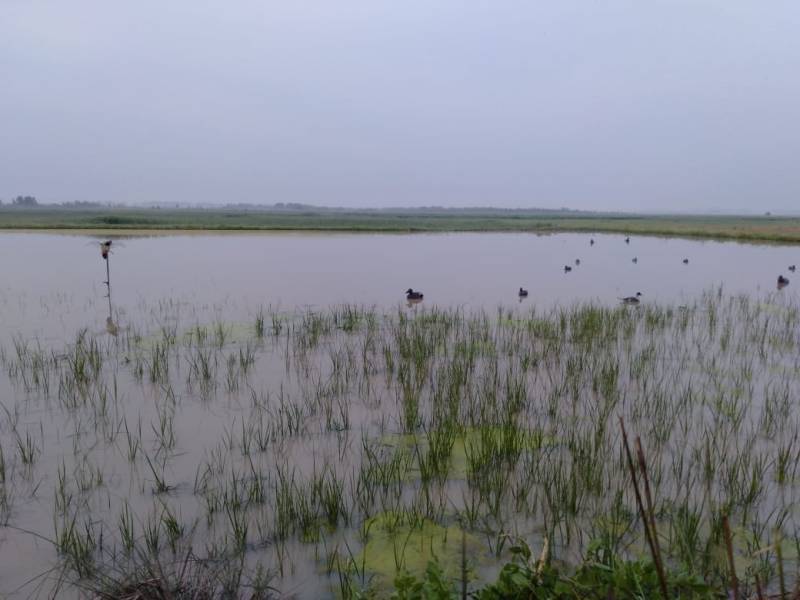
The story of this hunter is quite similar to that of Abbas. He also witnessed a drop in the number of migratory birds in his area and decided to set up his pond to attract them.
On the condition of anonymity, the hunter shared videos and photos from the site with The Friday Times. Speaking via telephone, he said that the number of birds visiting annually has decreased. He attributed the shortage to illegal hunting and the shortage of water.
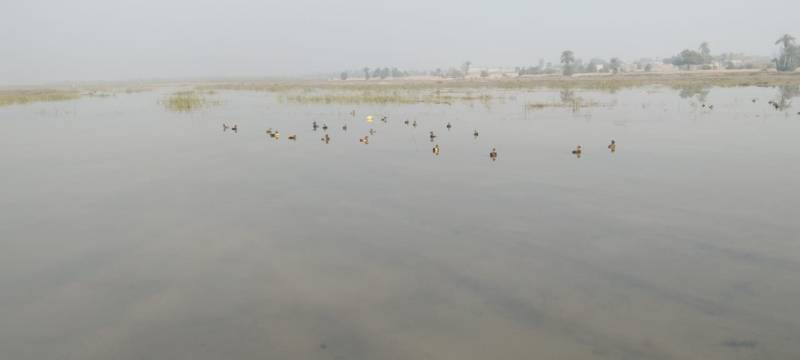
Future of wetlands in Pakistan
As per the UN, wetlands are among those ecosystems with the highest decline, loss and degradation rates.
The negative trends currently observed in global biodiversity and ecosystem functions are projected to continue due to direct and indirect drivers, such as rapid human population growth, unsustainable production and consumption, associated technological development, as well as the adverse impacts of climate change.
In Pakistan, wetlands are a multidisciplinary subject, with dedicated ministries and departments, including irrigation, agriculture, forests, and wildlife departments, dealing with it under the relevant laws.
Muhammad Samar Hussain Khan, a wildlife conservator at the Federal Climate Ministry in Islamabad, told The Friday Times that wetlands are the lifeblood of ecosystems in Pakistan.
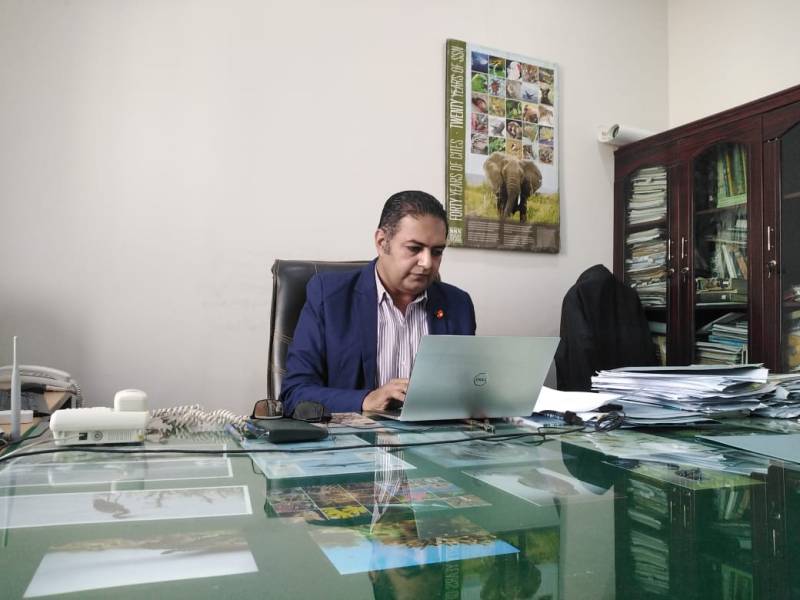
He added that wetlands in Pakistan are currently facing several threats. The major threats to wetlands were climate change and erratic rain apart from droughts, pollution, draining of raw sewage in waterways, and the encroachment of wetland areas by agriculture and population centres.
Samar said that under the Pakistan Wetland Programme (PWD), 225 wetlands were identified in the country between 2005 and 2012. Most of the wetlands exist in Sindh.
He said in 2012, at Pakistan's request, a Ramsar advisory mission visited the country and advised that wetlands should be recharged wetlands using flood waters. The recently-announced Recharge Project, which secured $77.8 million from the Green Climate Fund (GCF) in July 2023, resulted from the advisory visit.
Dr Masood Arshad, Senior Programmes Director at the World Wide Fund (WWF) Pakistan, told The Friday Times that Recharge Pakistan is a seven-year-long project that spans 2023-2030. He added that the WWF will run this project in collaboration with the climate and water resources ministries and the relevant provincial departments such as irrigation, agriculture and forestry.
Recharge Pakistan will increase water storage and groundwater recharge through wetlands, floodplains, and hill-torrents management, promote climate-adapted community-based natural resource management and livelihoods, and forge a paradigm shift to scale up this approach.
The WWF official added that the project targets four areas of the Indus River basin, including the Dera Ismail Khan watershed and the Ramak watershed in Khyber Pakhtunkhwa, the Chakar Lehri in Balochistan, and the Manchar watershed in Sindh. These areas, he said, were among the hardest hit during the recent floods and offer high potential for rehabilitation.
Dr Arshad, however, told The Friday Times that the two Ramsar sites of KP, Thanedarwala and Tanda Dam, are not included in the Recharge Pakistan project.

